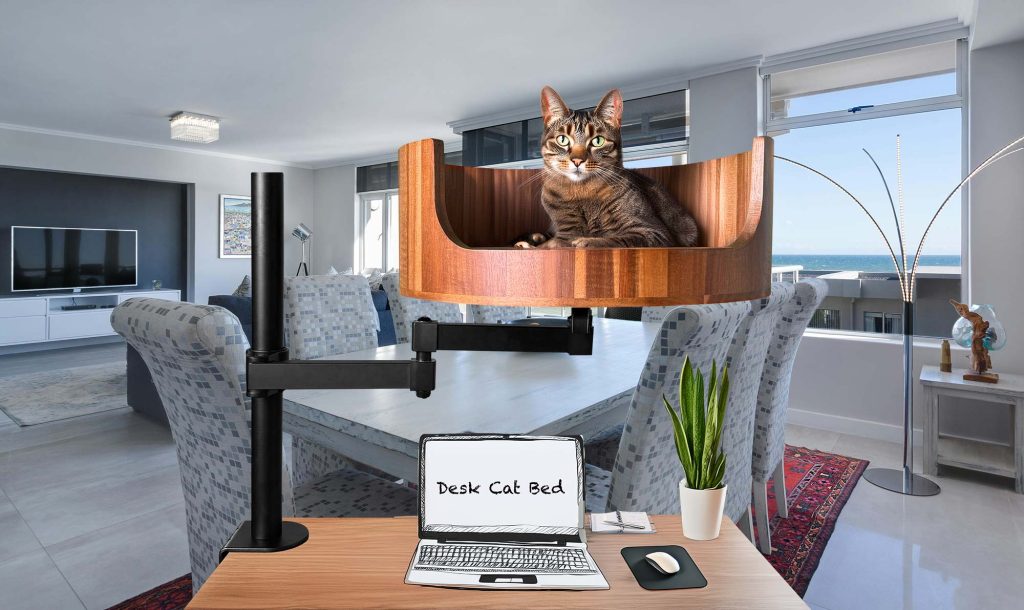Cat tail wagging can be a fascinating form of feline communication that many cat owners may not fully understand. From slow swishing to rapid flicking, a cat’s tail movements can convey a variety of emotions and messages. By learning to interpret these tail wag meanings, cat owners can better understand their furry friends and strengthen their bond with them.
In this article, we will delve into the different meanings behind a cat’s tail movements and what they can tell us about a cat’s mood and intentions. From the slow, deliberate swish of a content cat to the fast, aggressive flicking of an irritated or anxious feline, we will explore the various ways in which cats use their tails to communicate with us and other animals. By gaining a better understanding of cat tail wagging behaviors, cat owners can improve their ability to meet their pets’ needs and ensure a harmonious relationship with their beloved feline companions.
1. The position of a cat’s tail can indicate its mood and intentions, with different wags conveying different meanings.
2. Slow, gentle tail swishing may signify contentment, while rapid thrashing could indicate agitation or aggression.
3. Pay attention to the overall body language of the cat to accurately interpret the message being conveyed by its tail.
4. Cats may also use their tails to communicate with other animals, such as signaling hierarchy or establishing boundaries.
5. Understanding feline tail language can help strengthen the bond between cat owners and their pets, leading to better communication and mutual understanding.
Cat Tail Wag Meanings
Understanding the different meanings behind a cat’s tail wag is crucial in deciphering feline communication. A cat’s tail is a key indicator of its mood and intentions, so it’s important to pay attention to the way it moves and positions itself.
Happy Tail Wag
A happy tail wag is typically characterized by quick, gentle movements that are often accompanied by a slight curve at the tip of the tail. This type of tail wag usually signifies contentment and relaxation in a cat. For example, when a cat is being petted and its tail is wagging softly, it’s likely enjoying the attention.
Agitated Tail Wag
An agitated tail wag is the opposite of a happy tail wag and is usually characterized by fast and abrupt movements. When a cat’s tail is twitching rapidly, it may indicate that the cat is feeling agitated, anxious, or even angry. In this situation, it’s essential to give the cat space and avoid any further interactions that may escalate the situation.
Confident Tail Wag
A confident tail wag is often seen when a cat is approaching a new object or situation with curiosity and boldness. The tail is held high and may have a slight wag to indicate the cat’s confidence in its surroundings. This type of tail wag can also be seen when a cat is marking its territory by rubbing its tail against objects.
Fearful Tail Wag
A fearful tail wag is characterized by a low and tucked tail that may have a slight quiver. When a cat is feeling scared or threatened, it will often try to make itself appear smaller by tucking its tail close to its body. The tail wag in this situation is a sign of nervousness and a plea for safety.
Frequently Asked Questions
What is the significance of a cat wagging its tail?
A cat wagging its tail can indicate a variety of emotions, including excitement, tension, or agitation. It’s essential to consider the context in which the tail wagging is happening to interpret its meaning correctly.
How can the Desk Cat Nest help me understand my cat’s tail wagging?
The Desk Cat Nest provides a comfortable and secure space for your cat to rest and observe their surroundings. By observing your cat’s behavior within the nest, you can start to recognize patterns and better understand the meaning behind their tail wagging.
Is tail wagging always a sign of aggression in cats?
While tail wagging can sometimes indicate aggression in cats, it’s not always the case. Cats use their tails as a form of communication, so it’s crucial to consider other body language and the overall context of the situation when interpreting your cat’s behavior.
Can the Desk Cat Nest help improve my cat’s behavior?
The Desk Cat Nest can provide a calming and stress-free environment for your cat, which may help reduce negative behaviors like excessive tail wagging. However, it’s essential to address any underlying issues causing these behaviors in addition to providing a comfortable space for your cat.
In conclusion, understanding cat tail wag meanings is essential for deciphering your feline friend’s emotions and behaviors. By providing a comfortable and familiar space for your cat to relax and feel secure, such as the Desk Cat Bed, you can enhance their overall wellbeing and help create a sense of safety and stability. This cozy and stylish cat bed offers numerous benefits, including a plush and warm environment for your cat to curl up in, promoting relaxation and reducing stress. Investing in a Desk Cat Bed is a valuable choice for cat owners looking to improve their understanding of cat tail wag meanings and cultivate a harmonious relationship with their beloved pet.


